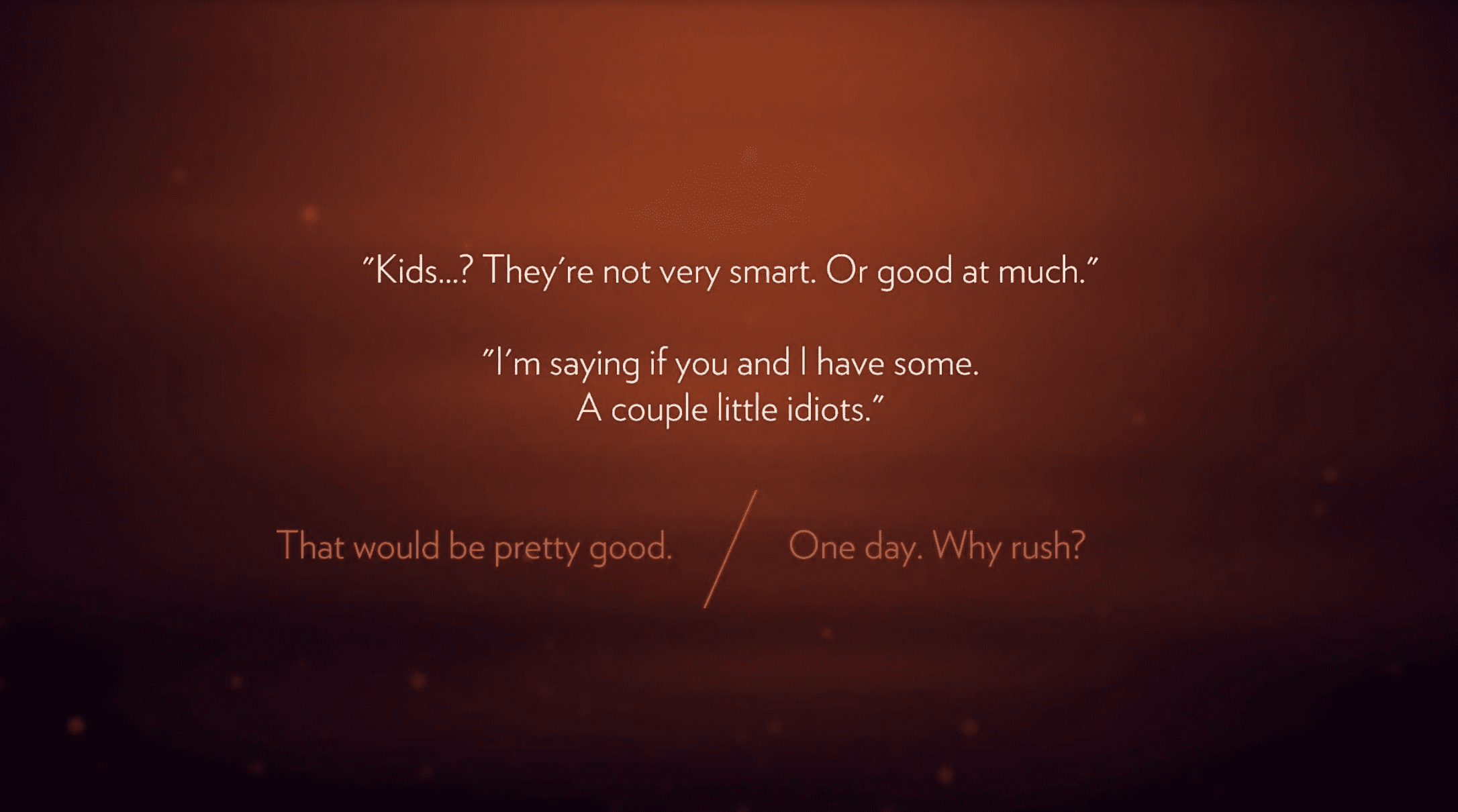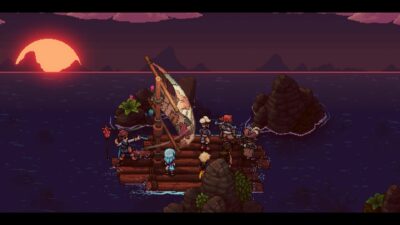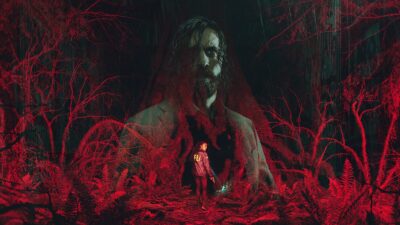
When starting a new project, particularly one where there are several people involved across a variety of disciplines, one of the hardest challenges is communicating a coherent vision. A lack of shared understanding creates misunderstandings and wasted work, such as the level designer who spends days making a dungeon as an early prototype level, only to be told that the game isn’t going to feature interiors at all. In games, bridging as we do the worlds of art and computer engineering, the solution we fall back on is a technical one: documentation. We create game design documents which explain how systems will work, with specifications of the major characters and themes. We make internal wiki databases listing environments and items and their key facts and we diagram them on digital whiteboards.
And unsurprisingly, engagement is often an uphill battle. It may all be thoroughly explained, technically, but audio designers will tend not to get excited about fictional factoids. Your 3D artists won’t read the combat mechanics brief, either. Almost never will these documents move and inspire these collaborators in their own field. Giving someone a complete understanding of a vision, to the point where they can ‘see’ it in their minds and become excited about augmenting it, requires a more primal form of stimulation.
Tale as old as time
Luckily, there’s a leadership technique, a visualisation tool as old as civilisation itself. It excels at uniting people in a shared understanding. Your team is already trained to devote their attention entirely to this technique when it’s in use; often, they don’t want it to end. In fact, it communicates a vision so clearly that creators of all stripes, for all humanity, have used it as a principal source of inspiration. I am, of course, talking about storytelling.

The team got hugely into my little storytelling exercise via Discord
From the novelist with an axe to grind, to the tribal leader passing on knowledge through myth, to the orator in the marketplace drawing crowds and coins with the latest exploits of Heracles, the human brain has a terrible addiction to stories. Embedding information or opinion or just about anything in a story has got to be the most effective way of getting someone to deeply engage with it that we’ve ever invented.
So how do we leverage this? Well, you could start by telling your team a story in the world of your game. Not the story, the one the game will actually tell. Another story, where the stakes are lower and everyone feels confident enough to chime in, one that’s private and just for the team.
So, recently I’ve been working pre-production on a space western game about a bounty hunter, containing a mixture of interactive narrative, deduction mechanics, and deck-building. For months we’d been discussing the mechanics, the feeling, history, lore, and so on. But we didn’t know what the drama was or who the protagonist would be, and team members lacked a mental image of what the final experience would be.

Firewatch: sometimes, when writing only for yourself and your team, you might stumble across something accidentally genius…
There comes a point where this kind of planning and analysis fails; I had to just dive in, write a short story, and let everyone react to what emerged. To that end, I re-read everything we’d already established, then put it all to one side and began scribbling a prequel to our game with only a loose idea for a twist I wanted to pull off. Out poured some of my favourite writing I’ve done.
I told the story in three parts over three weeks, through a dedicated channel on our team chat tool. This bit of theatrics was quite important, as it turned the story into a shared experience. Across three continents, the team would asynchronously read and discuss each part when I posted it. The team became heavily invested in the story, and it filled a void: suddenly we had a shared understanding of the tone, feeling, details, world, characters, and style of what we were making. It was creatively exciting. Between each part, I absorbed everyone’s thoughts on the story thus far, on which bits they didn’t understand, what they wanted to see more of, what they felt was missing. These I worked into the next part. When our sound designer was fascinated by a faction called the Dreamers, I wrote a newspaper snippet discussing them into part two, and leaned toward them when revealing one character’s motivations. When I cocked up and used credit chips for currency, the game director pointed out that he’d designed a barter economy, so I corrected my story to enshrine this world detail.

As the Laocoön and His Sons is inspired by the ancient storytelling of Virgil and Sophocles, so is Assassin’s Creed by Bartol’s Alamut (1938)
Even before I’d finished, the magic started to occur. The audio team didn’t need to ask, ‘What should the gun sound like?’; they knew. They’d heard it in their heads, in the story. The artist didn’t need a specification for a saloon environment; they’d seen one in their heads, in the story. The composer scored one of the fight scenes at the weekend, and the project picked up pace. By accident, I’d provided everyone with a bedrock for their own work to spring from.
Sparks fly
This also had the effect of democratising the story. While keeping personal, authorial control over the experience and avoiding writing-by-committee, I had involved everyone and enthusiastically integrated their preferences. After all, my teammates are exactly the target audience, but less cynically, game-making is a team event where co-creation and cohesion are paramount. The end result is something better than I could have come up with in solitude, and something which the others feel belongs to them too, which they are excited to build the game on.
This is firmly in my toolbox now, and I expect to tell my teams stories at least once per project from now on. So, if you find yourself needing to explain your nascent game’s concepts, with a desire to get everyone revved up and on the same page, tell a story for their ears only.





